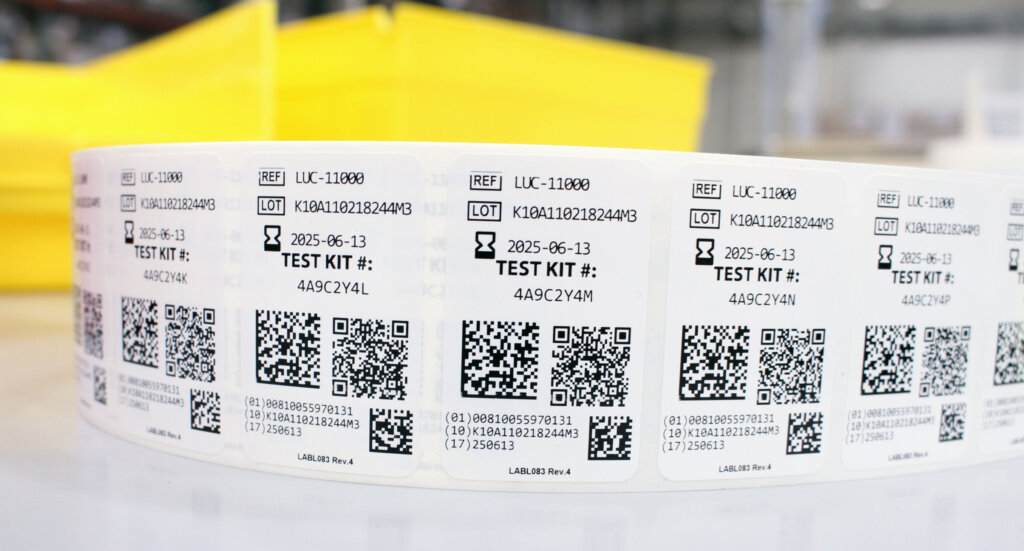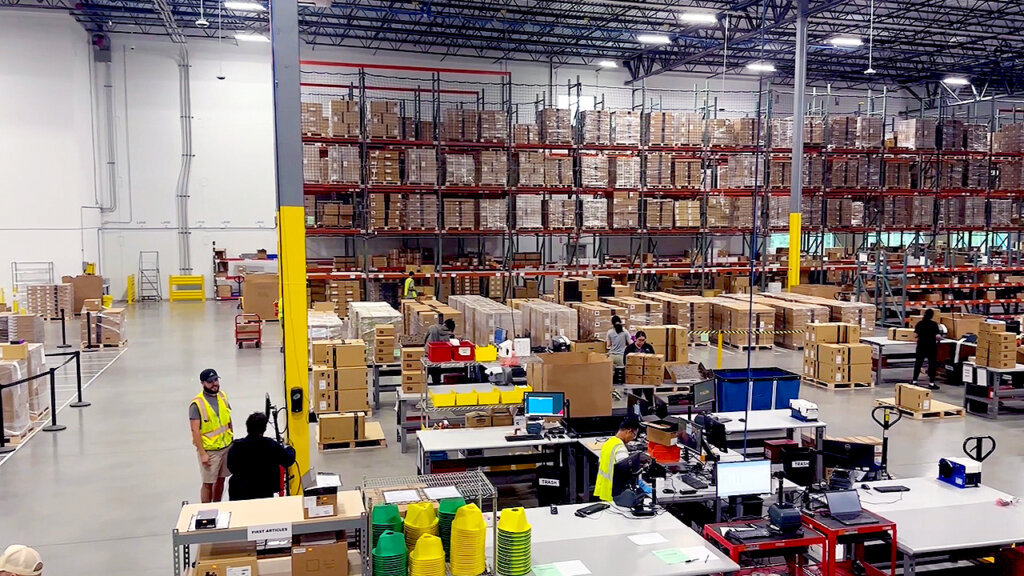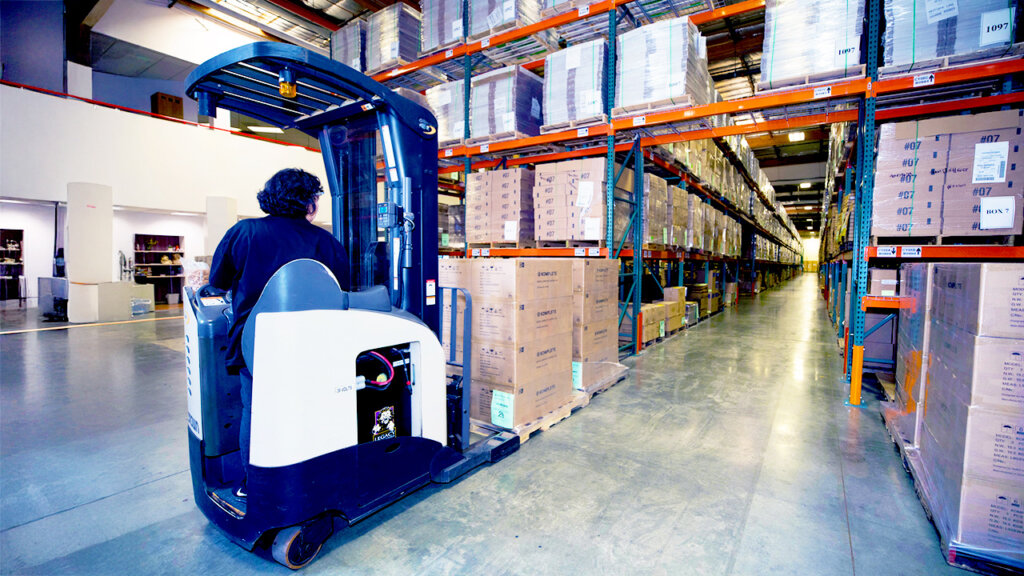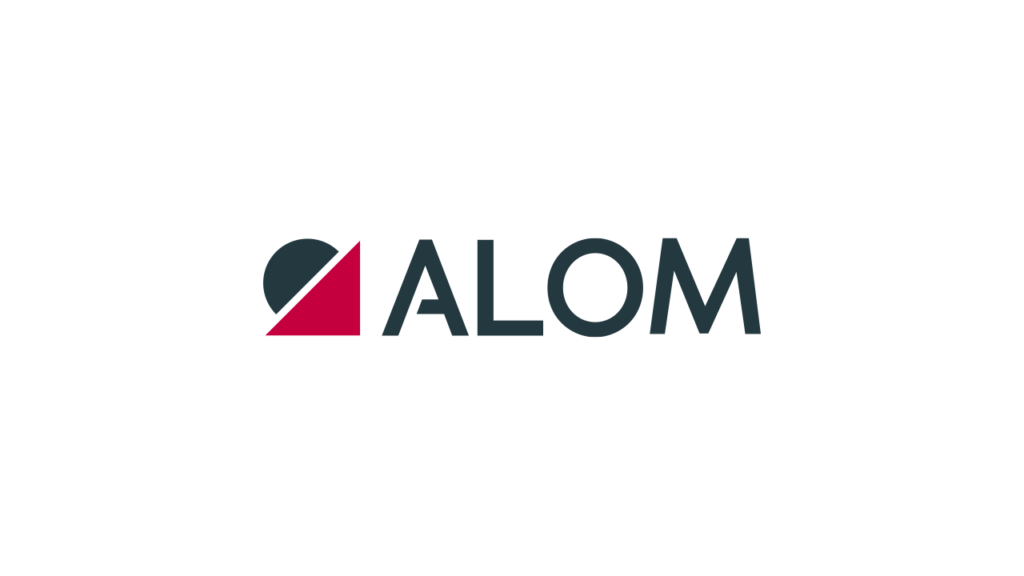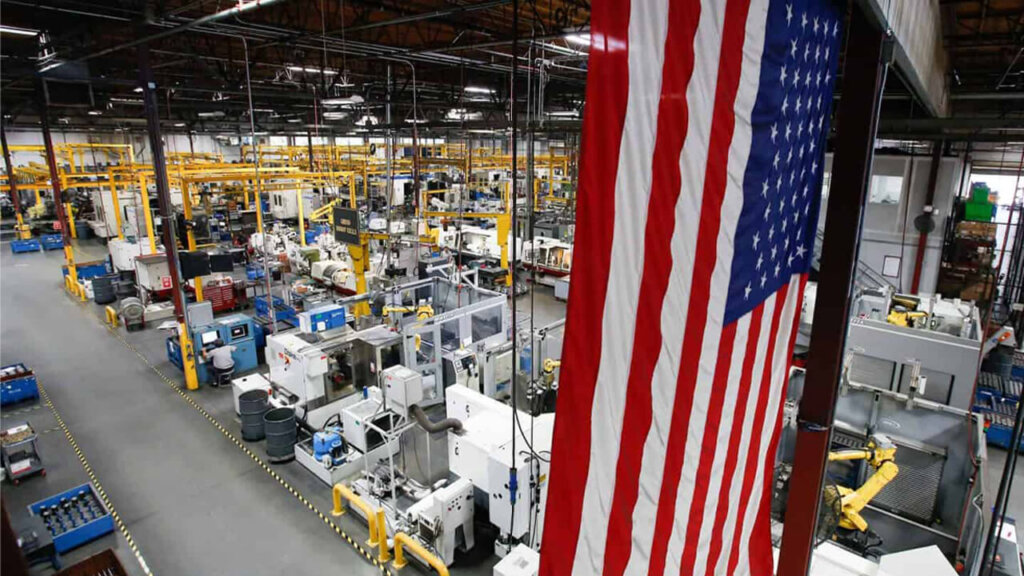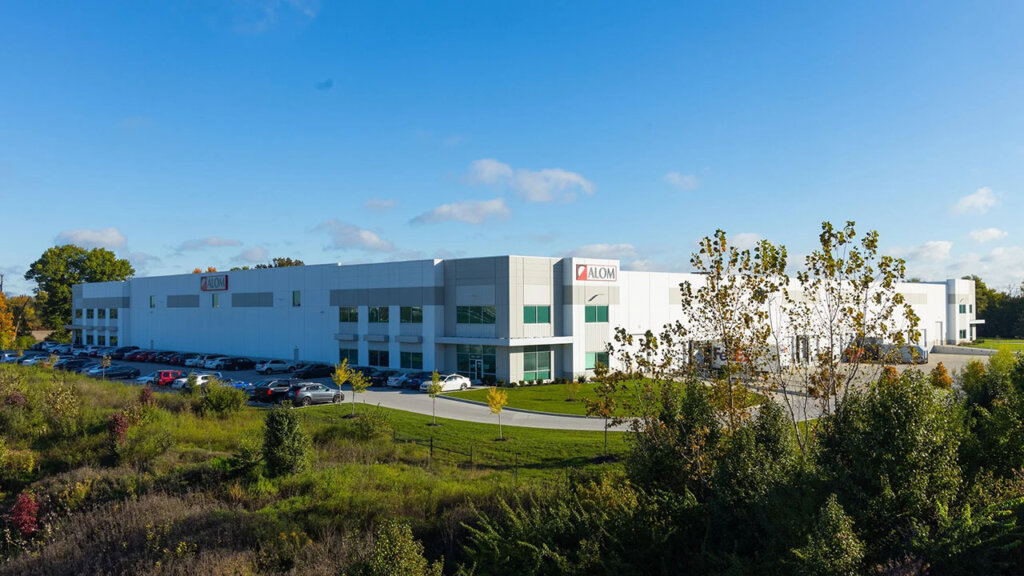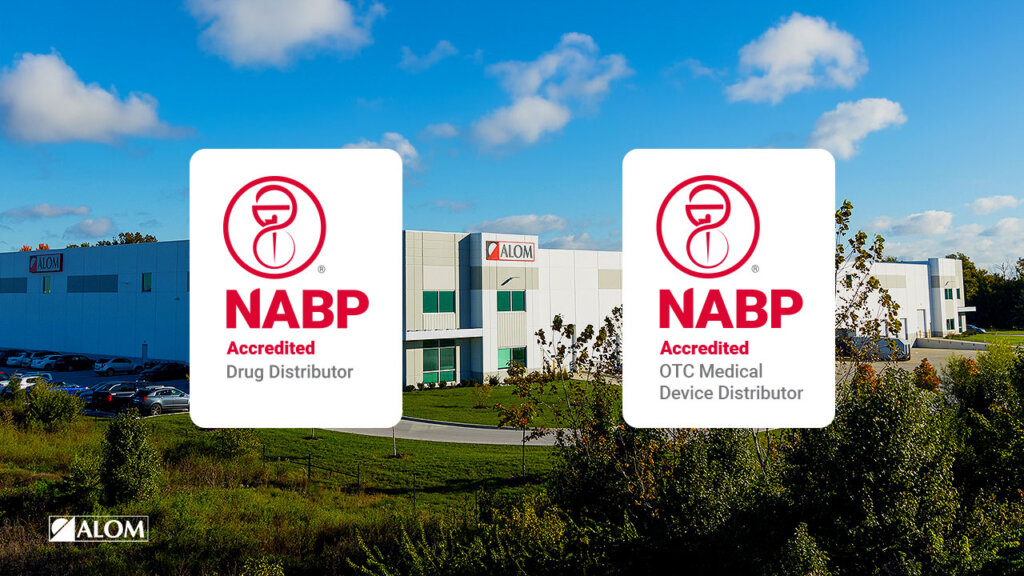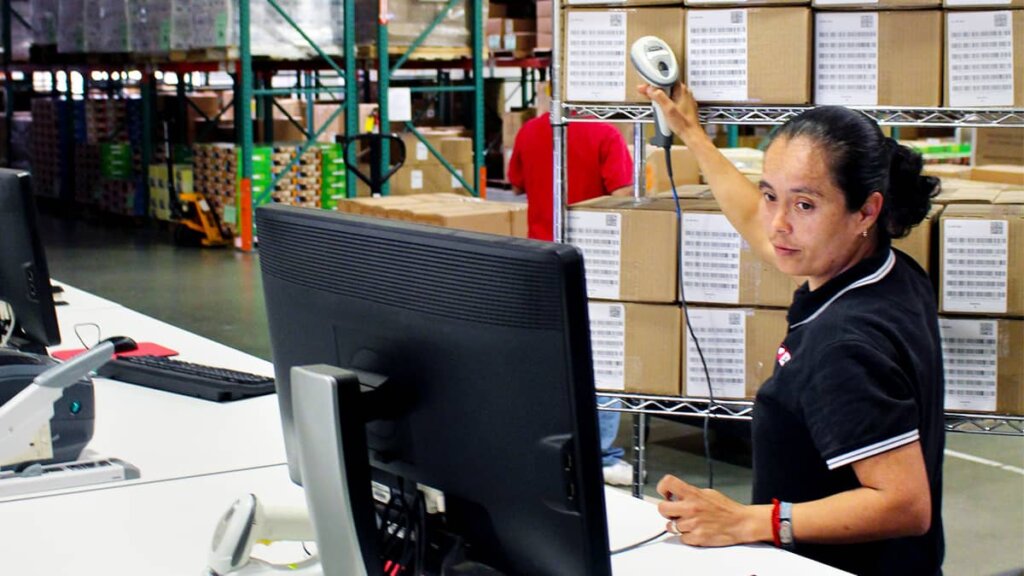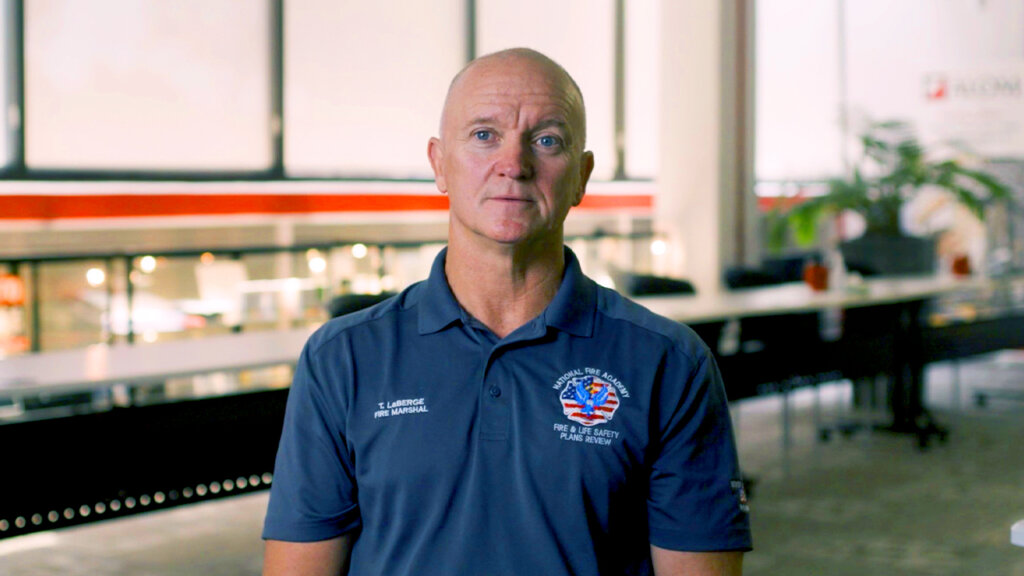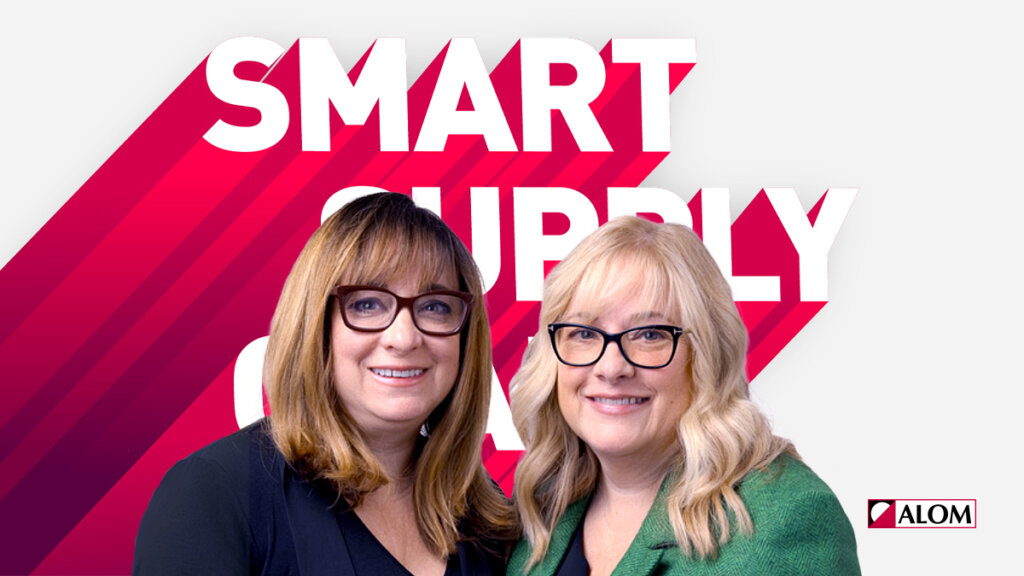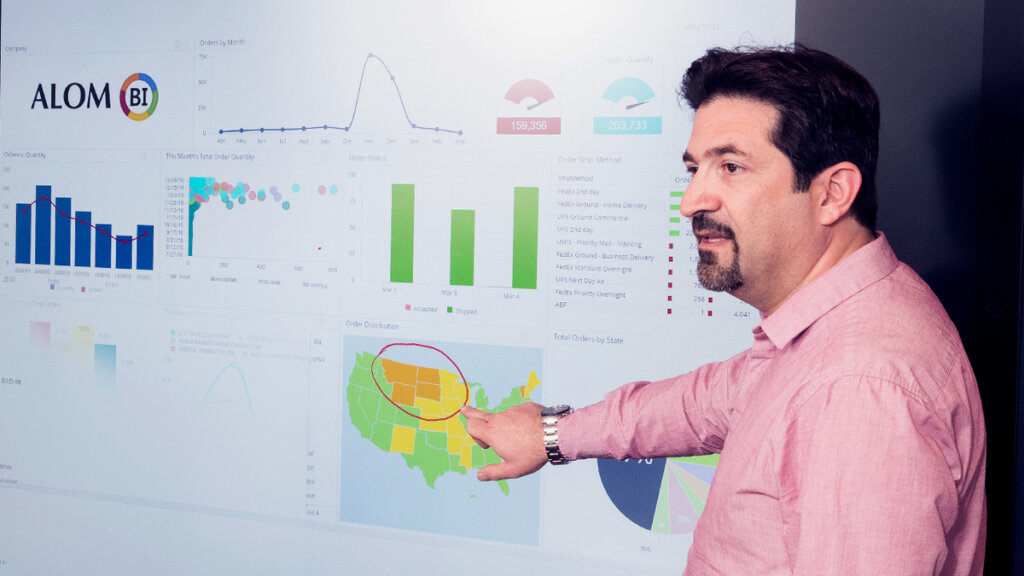6 Healthcare Supply Chain Priorities Defining 2026
Healthcare, pharma, and medical device leaders are entering an era of rapid transformation. Technologies once considered experimental — from AI-driven quality management to digital twins and 3D printing — are now essential to keeping supply chains agile, compliant, and cost-efficient.
The stakes are high: when precision products or life-sustaining devices don’t reach patients on time, both human lives and brand reputations are at risk. As 2026 approaches, the defining trends point to digitalization, resilience, sustainability, personalization, and compliance — all powered by intelligent, integrated systems.
Here are six priorities shaping the next generation of healthcare and life sciences supply chains — and how forward-thinking organizations are preparing now.
1. Digital Transformation and AI: The Backbone of Modern Life Sciences Supply Chains
Why It Matters:
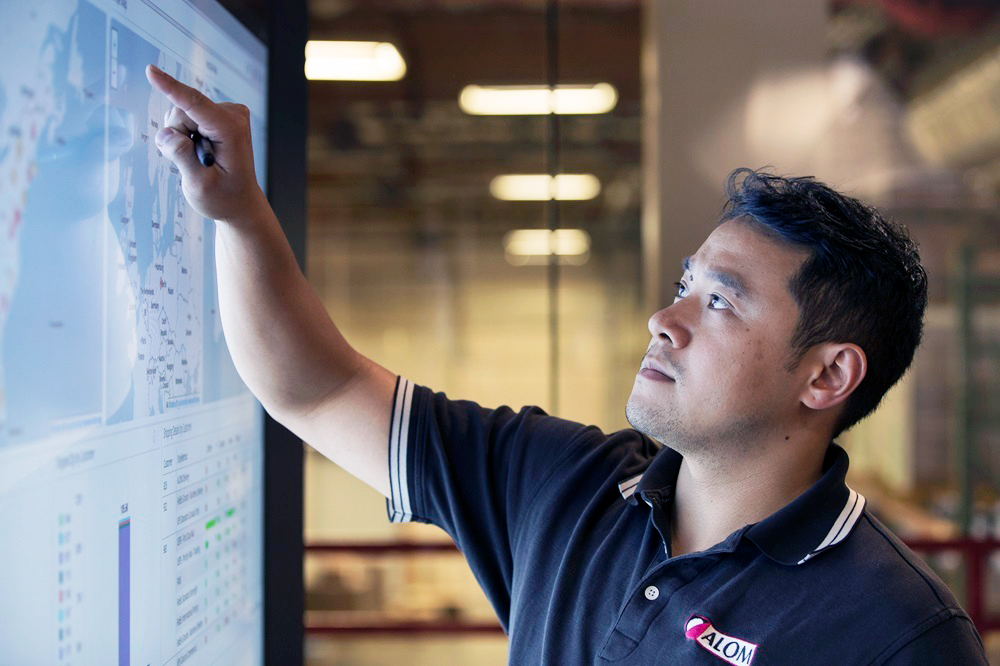 The life sciences sector is rapidly digitalizing — not just to cut costs, but to improve compliance, accelerate innovation, and reduce time to market. According to MasterControl, 31% of life sciences professionals rank digitalization and automation projects as their top priority in 2025, with technology improving quality investigation effectiveness by up to 40% and reducing time to market by as much as four years. AI and automation are increasingly used to monitor quality, detect deviations early, and streamline supplier management.
The life sciences sector is rapidly digitalizing — not just to cut costs, but to improve compliance, accelerate innovation, and reduce time to market. According to MasterControl, 31% of life sciences professionals rank digitalization and automation projects as their top priority in 2025, with technology improving quality investigation effectiveness by up to 40% and reducing time to market by as much as four years. AI and automation are increasingly used to monitor quality, detect deviations early, and streamline supplier management.
Data Snapshot:
- Nearly 70% of U.S. health organizations plan to adopt cloud-based supply chain management by 2026 (GHX, 2025).
- AI adoption in quality management is projected to increase productivity by 35%+ and enhance decision-making speed across life sciences operations (MasterControl, 2025).
- AI investment in MedTech is accelerating as regulators introduce new reimbursement codes and clearer evidence frameworks for AI-enabled devices.
Key Questions for Leaders:
- Are your quality and supply chain systems leveraging data and technology to detect and resolve issues before they escalate?
- How interoperable are your data platforms across suppliers, regulators, and manufacturing sites?
- Do you have a clear governance model for data ownership, cybersecurity, and compliance across your digital ecosystem?
How ALOM Delivers:
ALOM integrates secure APIs, real-time dashboards, and predictive analytics to give clients full visibility from supplier to patient. Our processes ensure digital systems meet regulatory-grade standards, while our focus on data security and interoperability supports seamless collaboration with medtech and pharmaceutical partners.
Explore supply chain technology and API integration.
2. Building Resilience in MedTech and Pharma: Designing Supply Chains That Endure Disruption
Why It Matters:
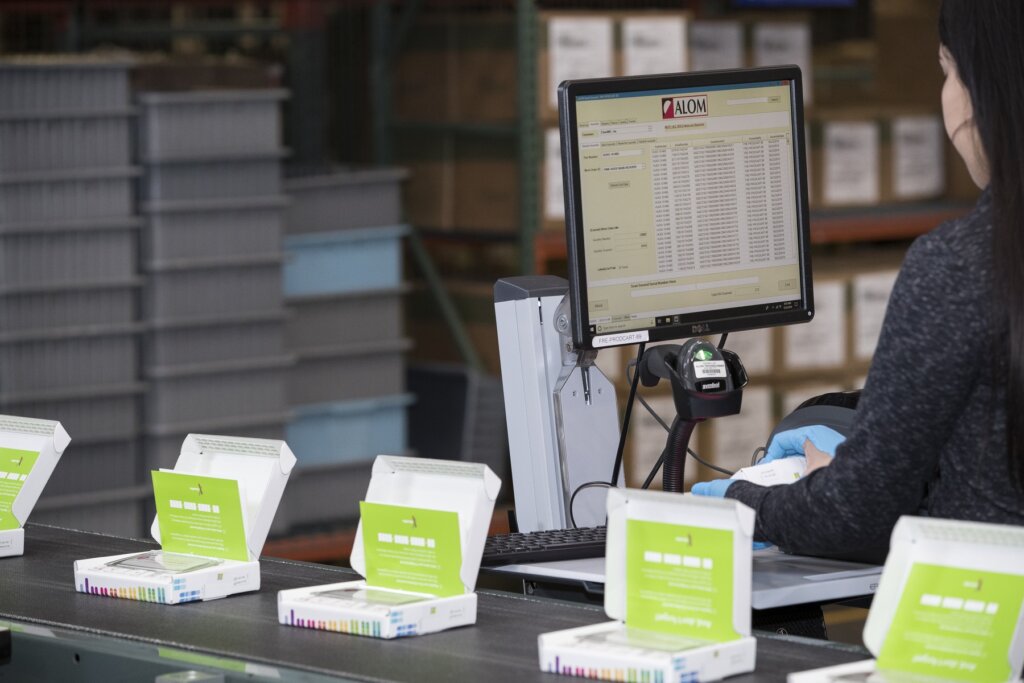 Supply chain volatility isn’t subsiding — it’s evolving. From geopolitical shifts and tariffs to natural disasters, the pressure to build redundancy without inflating costs is now a boardroom issue.
Supply chain volatility isn’t subsiding — it’s evolving. From geopolitical shifts and tariffs to natural disasters, the pressure to build redundancy without inflating costs is now a boardroom issue.
Data Snapshot:
- Weather-related disruptions and raw material shortages continue to expose weaknesses in manufacturing and logistics networks. Supply chain vulnerabilities remain a top industry challenge.
- With external disruptions causing raw materials shortages, it is becoming paramount to prevent critical drug shortages, making the scalability at production facilities even more critical. (Analysis of Drug Shortage by National Library of Medicine).
- Global medtech M&A activity grew 20% year-over-year, signaling strategic moves toward vertical integration and supply chain control (MasterControl, 2025).
Key Questions for Leaders:
- How diversified are your critical suppliers and contract manufacturers?
- Do you have redundancy built into production and logistics networks?
- How fast can you ramp up production and shipping?
- Are nearshoring and regionalization part of your long-term resilience strategy?
How ALOM Delivers:
ALOM engineers resilience without improvisation. We design flexible supply chains that anticipate disruption, from geopolitical tariffs to transportation bottlenecks. Our nearshoring strategies help customers reduce tariff exposure, lower landed costs, and accelerate delivery times, all while maintaining compliance with global quality standards.
Through multi-site fulfillment centers, dual-sourcing programs, vendor-managed inventory programs, and tariff-sensitive routing analysis, ALOM ensures uninterrupted continuity and cost control even in volatile trade environments. This proactive approach enables medtech and pharmaceutical clients to maintain service reliability, protect margins, and meet patient needs without compromise.
Learn about ALOM’s supply chain execution solutions.
3. Sustainability and ESG: The Next Competitive Advantage in Life Sciences Manufacturing
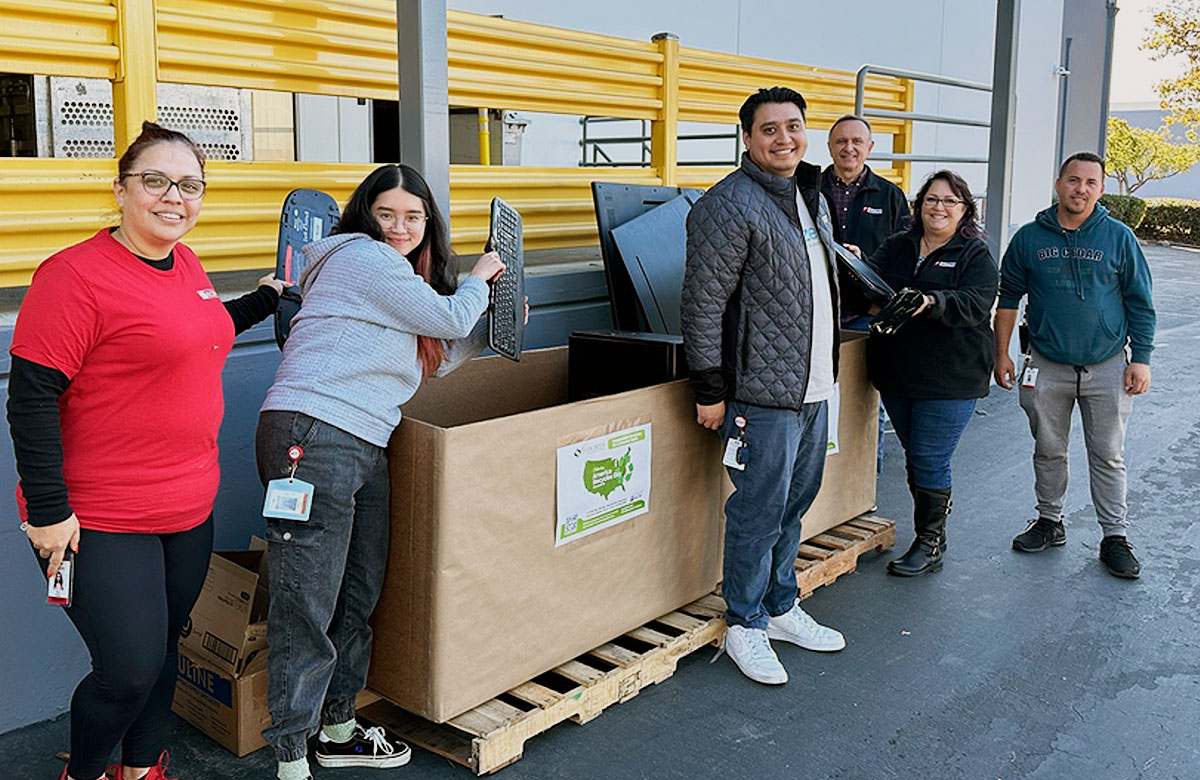 Why It Matters:
Why It Matters:
Sustainability is now a core procurement criterion for medtech and pharma companies. With regulators tightening carbon disclosure standards and hospital networks favoring ESG-aligned suppliers, sustainability directly affects market access.
Data Snapshot:
- 71% of healthcare’s total emissions come from the supply chain (Scope 3) — the largest contributor to the sector’s carbon footprint (Schneider Electric & Healthcare Without Harm, 2024).
- 68% of U.S. hospitals and manufacturers report integrating sustainability into purchasing decisions (Practice Greenhealth, 2023).
- Sustainability is an emerging differentiator in MedTech, driven by energy efficiency, circular manufacturing, and eco-friendly materials (IQVIA’s brief 2025).
Key Questions for Leaders:
- Do you have verified Scope 3 emission data and reduction targets for your suppliers?
- Are your packaging and logistics practices designed to minimize waste and energy consumption?
- How do you measure the ROI of sustainability initiatives beyond compliance?
How ALOM Delivers:
ALOM integrates ESG into every operational layer — from renewable energy adoption to recyclable packaging and emissions tracking. Recognized for sustainability leadership, ALOM helps healthcare and medtech clients align with their environmental goals without compromising regulatory or performance standards.
See ALOM’s ESG-centric supply chain values.
4. Personalized Medicine and Remote Care: Delivering Precision Logistics for a Connected World
 Why It Matters:
Why It Matters:
The shift toward personalized, data-driven, and home-based care is reshaping global supply chains. The Internet of Medical Things (IoMT), 3D printing, and smart packaging are enabling patient-specific therapies, while remote monitoring drives demand for smaller, more frequent shipments with zero tolerance for error.
Data Snapshot:
- The personalized medicine market is forecast to grow from $300 B in 2024 to over $700 B by 2030, driven by AI, genomics, and advanced diagnostics (MarketsandMarkets, 2024).
- The global IoMT market is expected to reach $289 B by 2026, fueled by connected devices and real-time health data (Fortune Business Insights, 2024).
- 3D printing adoption in MedTech is expanding at a 17% CAGR through 2031, powering patient-specific implants and device innovation.
Key Questions for Leaders:
- Can your logistics model handle the precision and traceability required for personalized therapies?
- Do you have validated systems for temperature-sensitive, serialized, or direct-to-patient shipments?
- How are you integrating IoMT data and digital tracking to improve service and patient outcomes using the physical and the digital supply chain synchronously?
How ALOM Delivers:
ALOM powers the next generation of personalized healthcare logistics with smart serialization, advanced temperature-controlled systems, and real-time visibility tools. Our digital infrastructure connects manufacturers, clinics, and patients to ensure precise, traceable delivery for individualized therapies. From clinical trial kits to custom implant programs, ALOM’s technology-enabled workflows safeguard product integrity and accelerate innovation across the life sciences ecosystem.
Learn how ALOM supports 23andMe’s supply chain requirements.
5. Evolving Compliance and Cybersecurity: Strengthening Trust Across Global Supply Networks
Why It Matters:
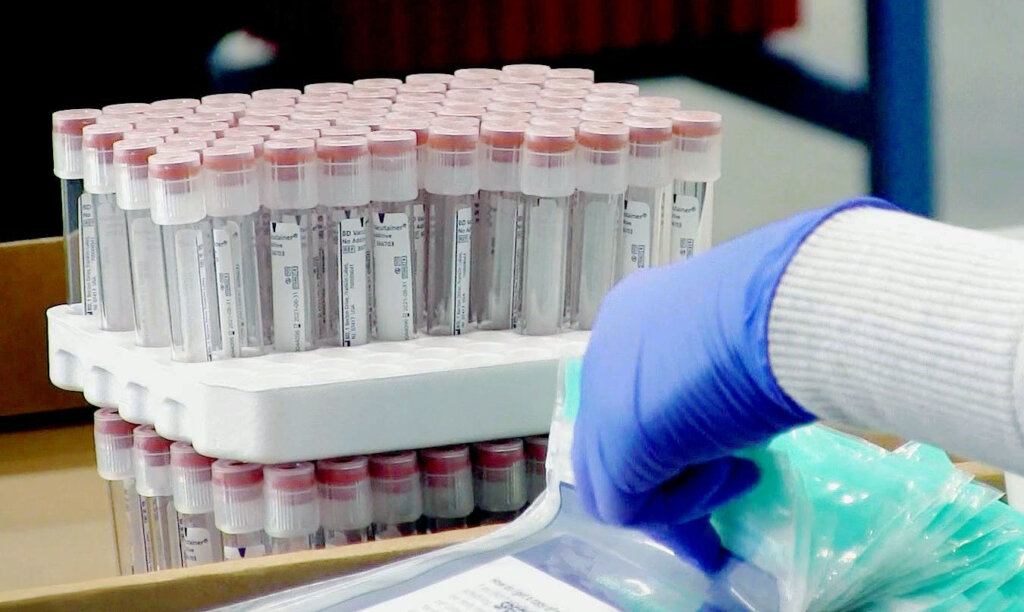 As healthcare and life sciences become more digital, regulatory oversight is intensifying, especially in data security, device cybersecurity, and quality management. IQVIA’s MedTech Trends report emphasizes that cybersecurity incidents surged in 2024, prompting the FDA to require manufacturers to integrate security into product design.
As healthcare and life sciences become more digital, regulatory oversight is intensifying, especially in data security, device cybersecurity, and quality management. IQVIA’s MedTech Trends report emphasizes that cybersecurity incidents surged in 2024, prompting the FDA to require manufacturers to integrate security into product design.
Data Snapshot:
- The FDA’s new Quality Management System Regulation (QMSR) aligning with ISO 13485 takes effect February 2, 2026, modernizing U.S. device quality requirements (FDA.gov, 2024).
- The Drug Supply Chain Security Act (DSCSA) mandates full serialization and interoperability by November 27, 2026 (FDA DSCSA, 2024).
- In 2024, the U.S. GAO and CISA issued 13 reports on vulnerabilities in healthcare and medical device systems, reinforcing cybersecurity as a top industry priority.
Key Questions for Leaders:
- How do you ensure end-to-end traceability and serialization across products and packaging?
- Is cybersecurity integrated into your supply chain risk management and quality systems?
- Are audits and compliance reviews continuous, or event-driven?
How ALOM Delivers:
ALOM maintains globally recognized certifications, including ISO 13485, ISO 9001, and FDA registration across key facilities. Our traceability, serialization, and risk management frameworks are built into every process, ensuring compliance, transparency, and security across the entire supply chain ecosystem.
Learn more about ALOM’s commitment to supply chain excellence.
6. Serving an Aging World: Building Supply Chains That Support Long-Term Care
 Why It Matters:
Why It Matters:
By 2030, one in five Americans will be over 65, driving demand for chronic-care therapies, medical devices, and home-based treatment solutions. This demographic shift is straining existing supply networks — not just in volume, but in complexity. Supply chains must now handle higher product diversity, shorter lead times, and the growing expectation for personalized, on-demand service.
Data Snapshot:
- The U.S. Census Bureau projects the 65+ population to reach 82 million by 2050, nearly doubling from 2022 (census.gov).
- Healthcare consumption among adults 65+ is three times higher than younger populations, accounting for nearly 40% of total medical spending (Morningstar, 2024).
- The global market for home medical equipment is expected to exceed $60 billion by 2030, driven by aging-in-place trends (All Things Supply Chain, 2024).
Key Questions for Leaders:
- How is your forecasting model adapting to long-term demand growth in senior care?
- Are your logistics partners equipped to manage higher-frequency, lower-volume deliveries to homes and outpatient centers?
- Do your suppliers support serialized and customizable medical products for age-specific use?
How ALOM Delivers:
As healthcare expands beyond hospitals into homes, ALOM delivers reliability at scale. Our multi-site fulfillment network and subscription-based models based on predictive analytics enable consistent, compliant delivery for chronic-care programs, medical devices, and wellness supplies. We support age-specific packaging, frequency-based shipment scheduling, and serialized tracking for long-term care solutions — ensuring older adults receive what they need, when they need it, with dignity and precision.
Discover ALOM’s healthcare supply chain solutions.
Healthcare Supply Chains Need More Than a Traditional 3PL
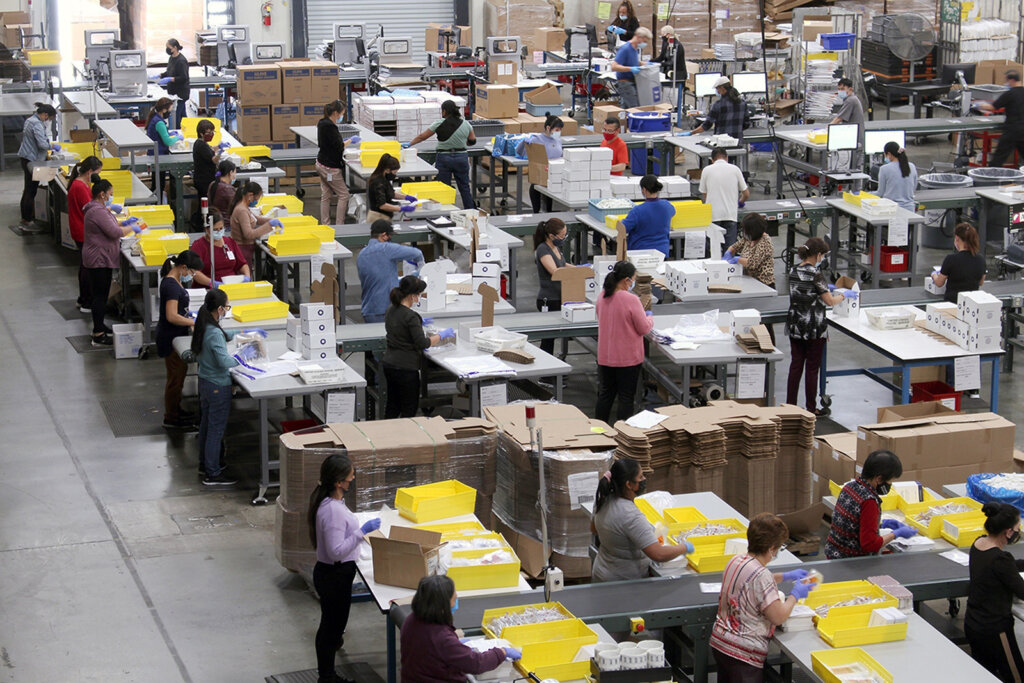 The healthcare supply chain of 2026 is no longer about logistics. It’s about leadership and enabling care for a changing world. Organizations that thrive will combine technology, compliance, and human insight to deliver reliable, sustainable, and patient-centered performance.
The healthcare supply chain of 2026 is no longer about logistics. It’s about leadership and enabling care for a changing world. Organizations that thrive will combine technology, compliance, and human insight to deliver reliable, sustainable, and patient-centered performance.
Traditional 3PLs move products. 3PL+ partners like ALOM move healthcare forward with compliance embedded at every stage, technology that scales, and a people-first culture that protects both patients and brands.
When evaluating supply chain partners in 2026, the key question isn’t “Can they deliver?” — it’s “Can they deliver certainty?”
Schedule a tour of an ALOM facility to see how we deliver precision, resilience, and care at scale.
- Posted in: Healthcare
